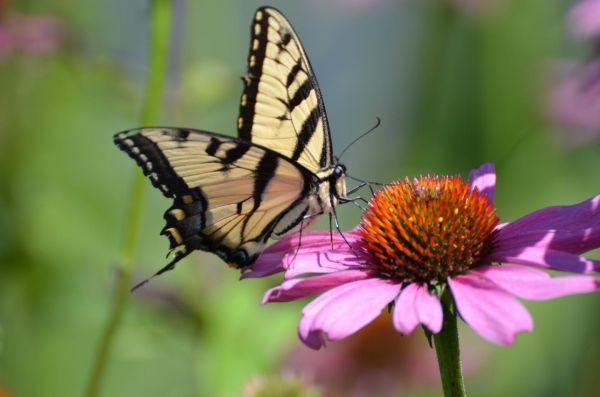The most extensive and systematic insect monitoring program ever undertaken in North America shows that butterfly abundance in Ohio declined yearly by 2%, resulting in an overall 33% drop for the 21 years of the program.
Though the study was limited to one group of the insect class and one geographic area, the findings provide an important baseline for what’s happening more broadly with insect populations amid climate change and other human-caused disturbances, the study’s corresponding author said. The findings also are in line with those of butterfly monitoring programs in multiple European countries.
“These declines in abundance are happening in common species,” said Oregon State University researcher Tyson Wepprich, who led the study. “Declines in common species concern me because it shows that there are widespread environmental causes for the declines affecting species we thought were well adapted to share a landscape with humans. Common species are also the ones that contribute the bulk of the pollination or bird food to the ecosystem, so their slow, consistent decline is likely having ripple effects beyond butterfly numbers.”
Read more at: Oregon State University
Swallowtail on flower. (Photo Credit: Rob Liptak, Ohio Lepidopterists)


